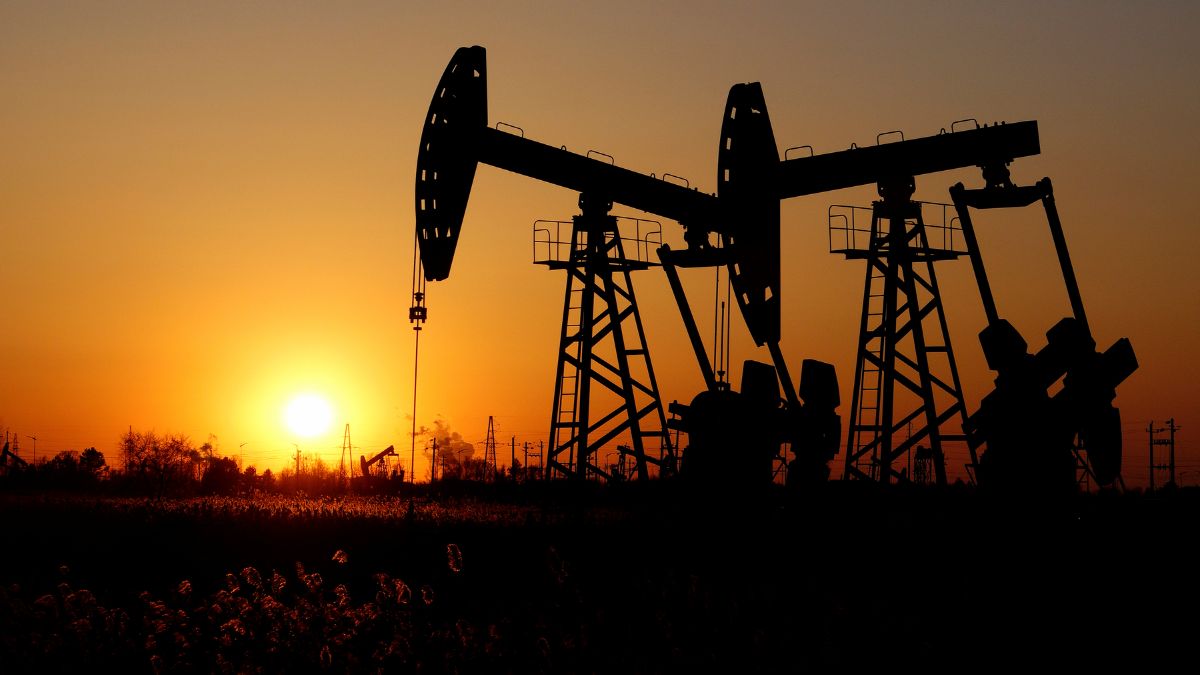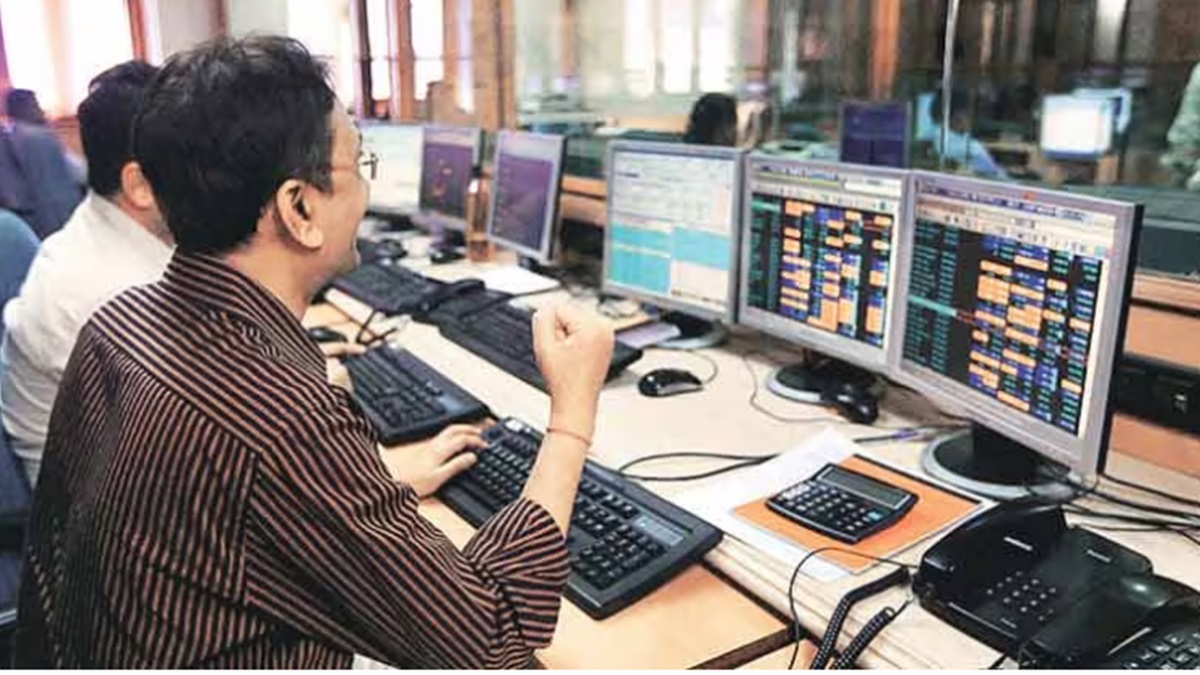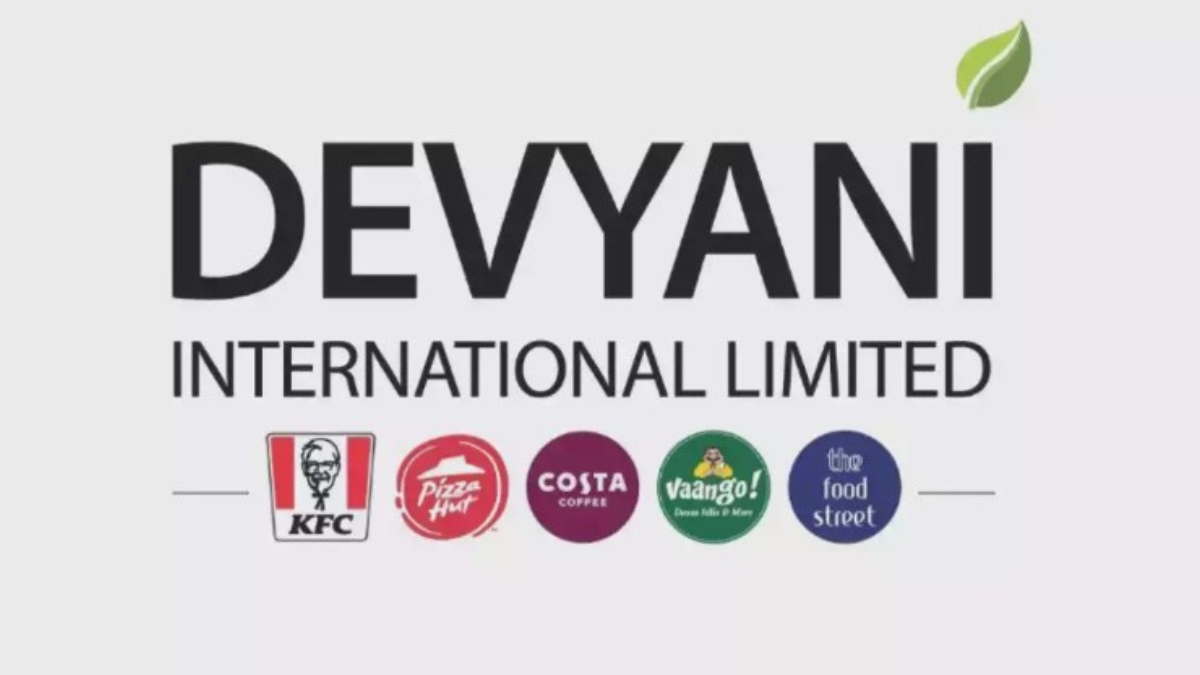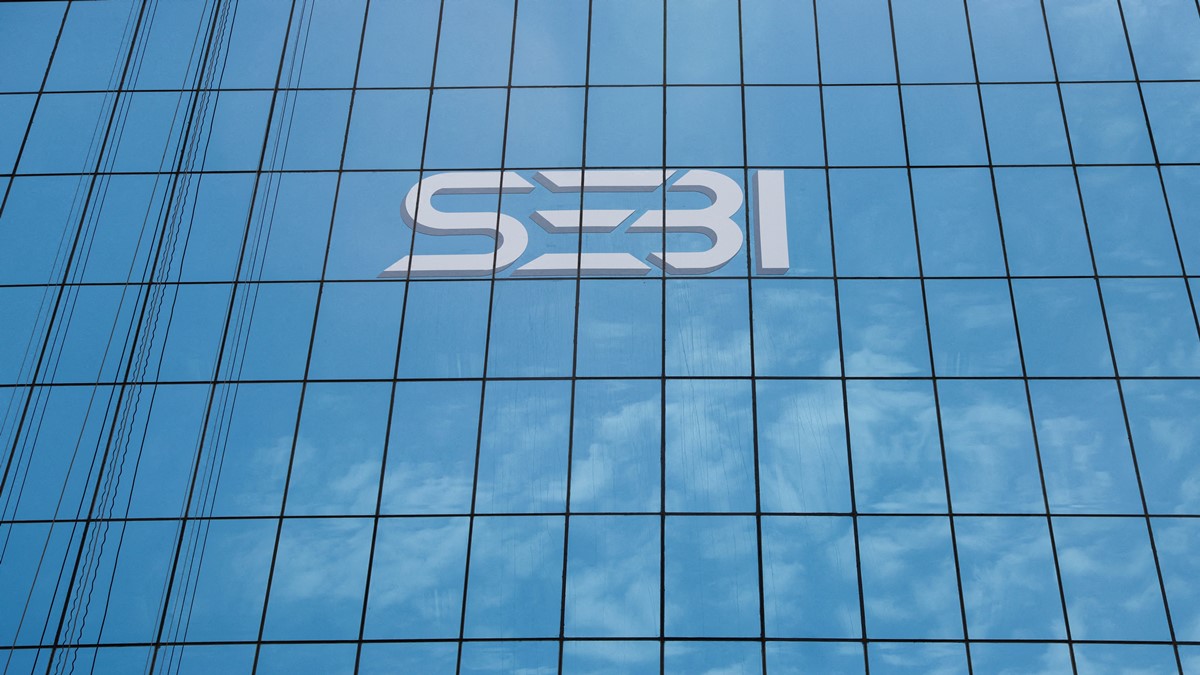By Vijay L Bhambwani
Any oil trader worth his salt studies oil market history. The Yom Kippur war of 1973 forms a crucial part of oil trading history. On 6 October 1973, Israel was attacked by Egypt and Syria in what is now known as the Yom Kippur war. Israel retaliated and western countries supported Israel. Arab oil exporters stopped oil exports and prices went through the roof. It changed oil trading forever, including oil politics, geopolitics, Arab cartelisation and oil trading and speculation.A day after the 50th anniversary of the Yom Kippur war, we are back to square one as Gaza based Hamas launched 5,000 rockets on Israeli targets. A day later Lebanon based Hezbollah launched rockets at Israeli targets. The Israeli cabinet invoked article 40A and declared an official state of war, a first since 1973. The development has raised the spectre of the 1973 oil price spike. Are the two events linearly comparable? Will Arab nations brandish the “oil sword” at the west again? I share my two bits.
Oil Price Risk
Any prolonged conflict in the Middle East can derail the peace process, and push oil prices higher. Oil prices can rise due to multiple reasons – supply disruptions, attacks on oil infrastructure (especially pipelines), hoarding by nervous buyers, price gouging by sellers being primary triggers. History has shown wars in the Gaza and Palestine areas have been short lived. If history repeats itself and the fighting ends in a fortnight or so, oil prices may rise initially and settle lower again. A longer war means oil prices may get pushed higher. Oil traders know that oil prices reflect four types of premium built into them – terror, geopolitical, demand/supply and speculative. Initially terror and geopolitical premium may rise as the markets open on Monday. Thereafter they will react to news originating from Gaza. Over time, nerves will calm down and prices may get less volatile.
As a trader what I would watch keenly are the bid/offer spreads. These are price limits of buyers and sellers’ quotes on trading terminals. While buyers will want to buy at lower prices, sellers will want higher prices so their price limits will differ. This difference is called the horizontal spread. The difference in price limits of the first, second and third buyer (or seller) is called the vertical spread or impact cost. It is natural that initial reactions of the markets will be knee jerk and spreads will be wide. Very wide spreads indicate fear and reluctance to trade. If spreads narrow back to routine levels, all is well.
The Iranian Crescent
With the Israelis making peace with a few Arab nations, Iran stands isolated. Israeli PM Benjamin Netanyahu’s Likud party has a hardline stand against Iran. Saudi Arabia distrusts Iran and fears a rising influence of the Iranian crescent (the crescent moon on Iran’s flag). Though peace talks are underway between the Saudis and Iranians, both are ill at ease. It is the Iran backed group “Hamas” that attacked Israel on Saturday morning. The group admitted to being backed by Iran even as the Iranian President congratulated Hamas for the strike against Israel.
Lebanon based Hezbollah also attacked Israel with rockets. Should Israeli forces focus on taking on the Hamas and Hezbollah factions alone, the fallout of the war maybe limited. If Iran is threatened or attacked, the war could take new dimensions. Oil prices may spike temporarily. The reason is Iran has a strangle hold over the Straits of Hormuz. This is a chokepoint which transports approximately 20 million barrels of oil per day or roughly 22% of global consumption. In addition to which 3.5 billion cubic feet of natural gas (18% of global consumption) is transported through ships.
Iran had threatened to mine the Hormuz straits and blow up tankers using the waterway. Though it did not carry out the threat, transport ships needed naval escorts, higher insurance costs and that resulted in oil prices jumping.
Much of what happens to oil prices will depend on what happens to Iran.
As with any armed conflict, the situation remains fluid and can take sudden turns without warnings. What is a given is that markets may be nervous and volatile initially. Over time, oil traders will calm down, as they always do. I witnessed sizable nervousness in oil markets in 2014 when the ISIS captured oil wells in Mosul, Iraq. After initial volatility, prices calmed down. The data that I have at the time of writing this piece suggests prices may calm down after initial nervousness. The conflict will escalate if external players become parties to the war.
(Vijay L Bhambwani is the CEO of http://www.Bsplindia.com a proprietary trading firm. Views expressed are the author’s own. Please consult your financial advisor before investing.)




